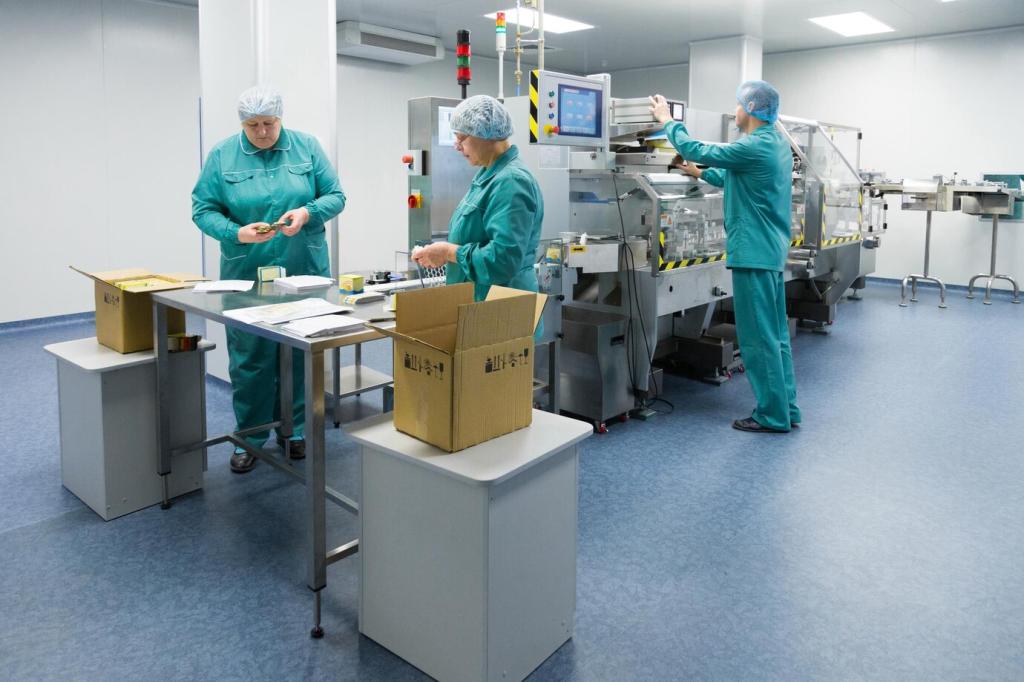
Stopping Crashes Before They Happen
Chosen theme: Impact of Automatic Emergency Braking on Accident Reduction. Explore how sensors, software, and smart design turn near-misses into non-events, protecting families, fleets, and entire communities on today’s complex roads.
How Automatic Emergency Braking Works to Prevent Collisions
Sensor Fusion That Sees Trouble Coming
Automatic Emergency Braking blends radar, cameras, and sometimes lidar to detect vehicles, pedestrians, and cyclists, continually estimating closing speeds and paths. By predicting imminent impact, it primes brakes and shortens reaction time beyond human limits.
From Warning to Braking in Milliseconds
AEB systems escalate from visual and audible alerts to partial braking, then full braking if drivers do not respond. That layered response helps avoid false alarms while still slashing collision energy when avoidance is impossible.
Why Milliseconds Matter for Accident Reduction
A human blink is slower than an AEB command. Cutting even a fraction of a second can convert a high-speed crash into a minor bump—or a clean save with zero impact.

Evidence: Real-World Reductions in Crashes and Injuries
Research from safety institutes consistently shows substantial declines in rear-end collisions when AEB is present. By removing human delay, these systems dramatically reduce the most common and costly crash type.
Evidence: Real-World Reductions in Crashes and Injuries
Insurance and hospital data reflect fewer injury claims where AEB is widespread. Even when crashes occur, reduced speed at impact lowers trauma severity, hospital stays, and long-term recovery costs for families.
Human Stories: Near-Misses Turned Into Non-Events
A Parent’s Split Second on the School Run
A dad told us his SUV braked itself when a car stopped abruptly near a school gate. He felt the pedal pulse, heard the alert, and watched disaster evaporate into grateful relief.
Courier Van, Rainy Morning, Zero Impact
A delivery driver hit slick pavement as traffic bunched. The van’s AEB squeezed harder than he dared, shaving speed quickly enough to avoid a pile-up and an unplanned day in the repair shop.
A Cyclist in the Blind Spot of Routine
On a sunny afternoon, a car’s AEB registered a cyclist veering from the shoulder. The driver later admitted he never saw the rider—yet a calm stop made a story worth sharing, not grieving.

Limits and Lessons: When AEB Needs Our Help
Heavy rain, snow, fog, or low sun can degrade detection. Keep sensors clean, heed dashboard warnings, and remember that attentive driving remains the primary safety system in every vehicle.
Pedestrian detection at night and multi-object scenarios challenge algorithms. Manufacturers are improving performance rapidly, but drivers should still scan broadly and reduce speed where visibility shrinks.
After windshield or bumper work, AEB cameras and radar may need recalibration. Skipping this step risks late braking and lost benefits. Ask your shop to verify calibration and test results.
Fleet and Community Impact: Savings Beyond the Crash
Fleets report fewer rear-end claims and shorter repair cycles, freeing drivers and vehicles to stay productive. Prevented crashes mean schedules met, happy customers, and fewer replacement rentals.

Policy and Adoption: Accelerating the Safety Curve
Standards Drive Consistent Performance
Clear test protocols encourage automakers to meet and exceed benchmarks. As evaluation scenarios expand, systems learn to handle edge cases that once undermined crash prevention gains.
Industry Momentum and Consumer Demand
As buyers experience real benefits—calmer commutes and fewer shop visits—AEB becomes non-negotiable. Automakers respond with broader standard fitment and advanced pedestrian and cyclist protection.
What You Can Do Today
If you’re shopping, verify AEB and pedestrian detection are included and activated. Share your experience with local leaders and subscribe to updates—your voice accelerates safer roads for everyone.
Getting the Most from AEB: Habits That Multiply Impact
Do not disable AEB. Install software updates promptly, since improved object recognition and braking logic can translate directly into more avoided crashes and gentler stops.
Getting the Most from AEB: Habits That Multiply Impact
AEB is a safety net, not a license to tailgate. Generous gaps give the system space to shine and ensure gentle, predictable interventions that everyone behind you can manage.
Getting the Most from AEB: Habits That Multiply Impact
Have you experienced a quiet AEB miracle? Tell us in the comments and subscribe for new case studies, data deep dives, and practical tips that keep families safer.
